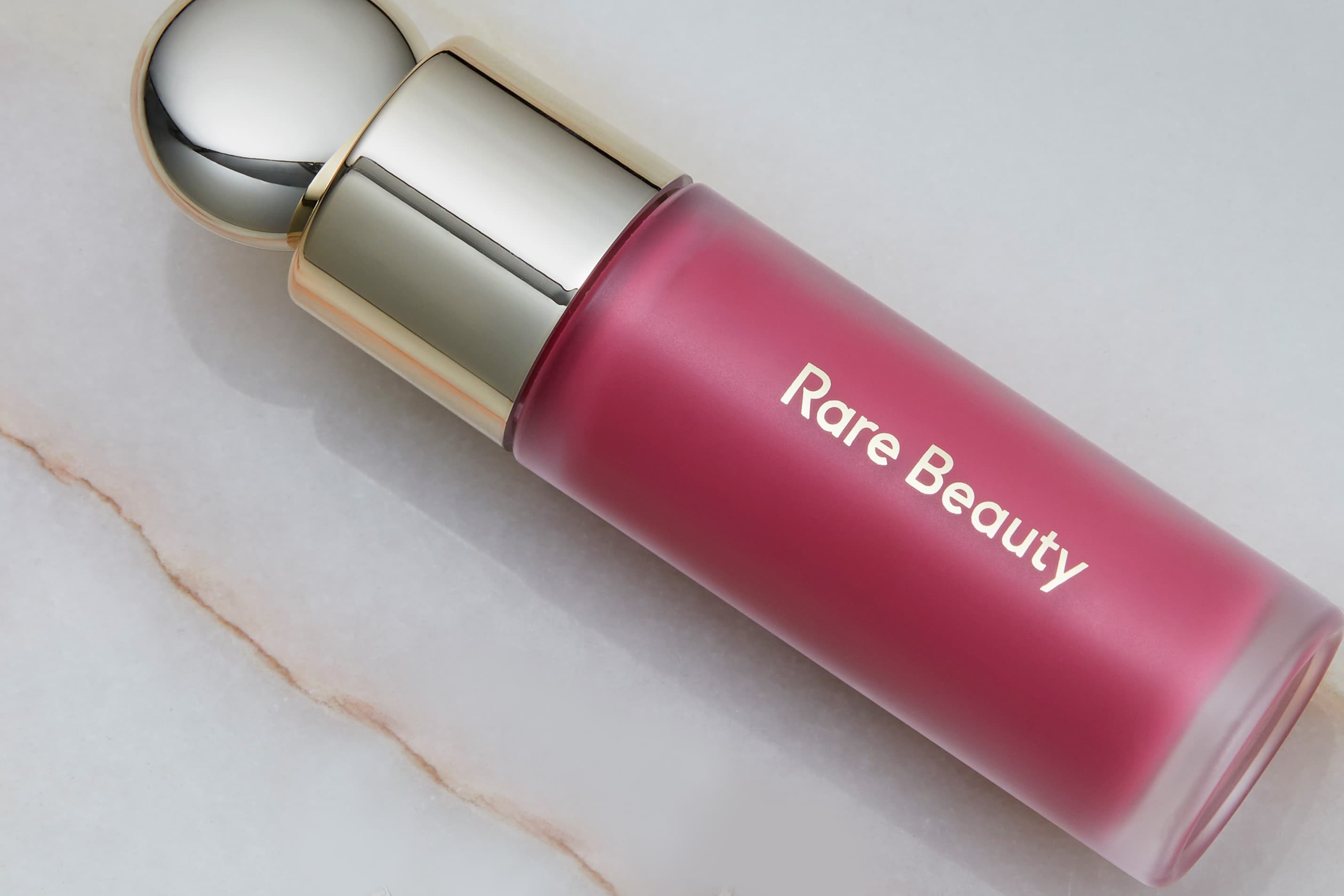
Although you may assume the two things are the same, there is in fact a difference between dry and dehydrated skin. If your skin suffers from dry patches and flaking, don’t simply surmise that your skin type is dry. Dehydrated skin is a condition that can affect every skin type, whereas dry skin, as Georgie Cleeve, founder of Oskia, explains “is characterised by hereditary small pores which produce less protecting sebum causing dryness and poor barrier function.” Dehydrated skin is the result of a lack of water in the top layer of the skin rather than a lack of oil. So now you know the difference, how to tell which one you have? Here’s a quick guide to the key characteristics.
What Are The Signs Of Dehydrated Skin?
- Skin is dull or looks ashy
- Pores can be any size
- Skin absorbs products ultra-fast
- Makeup can go patchy throughout the day
- Skin feels dry and tight – sometimes all over or in patches
- Fine lines are more visible
What Causes Dehydrated Skin?
Dehydrated skin is usually caused by environmental factors like too much sun, wind or fluctuating temperatures. Lifestyle can also be a factor. For example, a diet that’s lacking in essential fatty acids, too much alcohol or not drinking enough water. As Georgie says, “you can check for signs of dehydration yourself – use your index and middle fingers to gently push up your cheek. If you can spot very, very fine horizontal lines above your fingers, your skin is dehydrated.”
How Can You Combat Dehydrated Skin?
If you think your skin’s dehydrated there’s a lot you can do to change it. First up, ensure you are drinking plenty of water as this will instantly plump up skin. Also try to avoid washing with hot water as this can strip skin. “Eating foods high in water and micro-nutrients such as watermelon, and reducing caffeine and alcohol will rehydrate skin and help enormously,” says Georgie.
When it comes to products, look for hyaluronic acid – a wonder ingredient that can hold 1,000 times its weight in water and is a powerful moisturiser.
Adding two-to-three drops of the Paula’s Choice Hyaluronic Acid Booster to your usual moisturiser will give your skin an extra boost of hydration. Another favourite is Dr Dennis Gross’ Hyaluronic Marine Oil-Free Moisture Cushion. The lightweight gel texture sinks in within seconds and helps to cool and hydrate your skin.
Oils are also very beneficial for dehydrated skin, but overly rich formulas can overload some skin types. Georgie suggests seeking out light oils which are high in linoleic acid as these help to balance out healthy sebum production. To tackle both dry and oily patches, try Odacité Pe+C Combination Skin Serum Concentrate.
What Are The Signs Of Dry Skin?
- Skin feels very tight
- Pores are small
- Skin lacks plumpness
- Products are not absorbed quickly
- Skin is very reactive
- Skin looks and feels rough and dry
How Can You Replenish Dry Skin?
Those with dry skin should look for products that are rich in ceramides and vitamin E. Sunday Riley’s ICE Ceramide Moisturizing Cream is great for quenching really dry skin and offers long-lasting hydration all day. At night, try Drunk Elephant’s Lala Retro Whipped Cream for a richer creamy texture. On drier patches, try pressing on an extra layer of this cream. You’ll notice your skin feels softer and bouncier in the morning.
Oils and balms work well on dry skin so opt for these textures when it comes to cleansers. They help prevent the skin from drying out. Elemis’ Pro-Collagen Rose Cleansing Balm not only feels super luxurious, it’s nourishing and deeply hydrating too. Votary’s Cleansing Oils will also help to soothe and comfort dry skin and leave it feeling fresh rather than squeaky clean.











